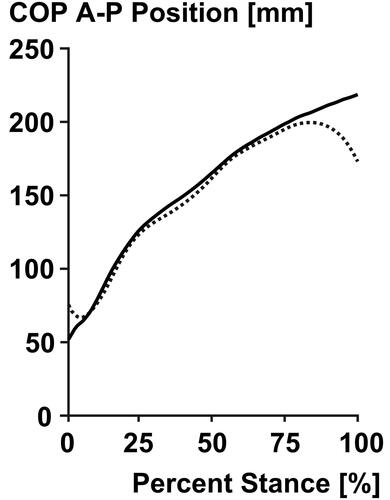Footwear Science
Volume 14, 2022 - Issue 3
Open access
4,245
Views
0
CrossRef citations to date
0
Altmetric
Commentary
Towards a biomechanical understanding of performance improvement with advanced running shoes
B. M. NiggHuman Performance Laboratory, Faculty of Kinesiology, University of Calgary, Calgary, CanadaCorrespondence[email protected]
, A. SubramaniumHuman Performance Laboratory, Faculty of Kinesiology, University of Calgary, Calgary, Canada https://orcid.org/0000-0002-7997-6043
https://orcid.org/0000-0002-7997-6043
E. S. MatijevichHuman Performance Laboratory, Faculty of Kinesiology, University of Calgary, Calgary, Canada https://orcid.org/0000-0003-1956-0107
https://orcid.org/0000-0003-1956-0107
Pages 133-137
|
Published online: 22 Nov 2022
Related research
People also read lists articles that other readers of this article have read.
Recommended articles lists articles that we recommend and is powered by our AI driven recommendation engine.
Cited by lists all citing articles based on Crossref citations.
Articles with the Crossref icon will open in a new tab.


